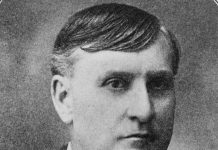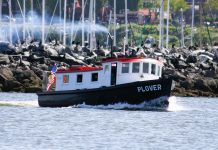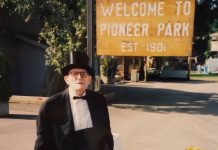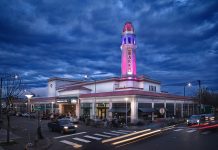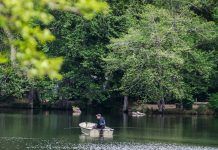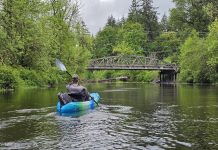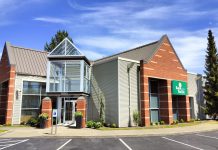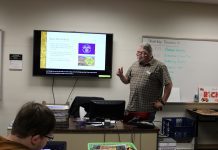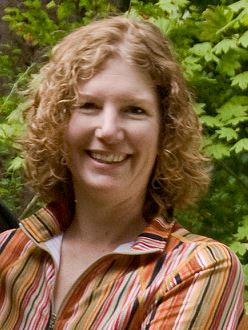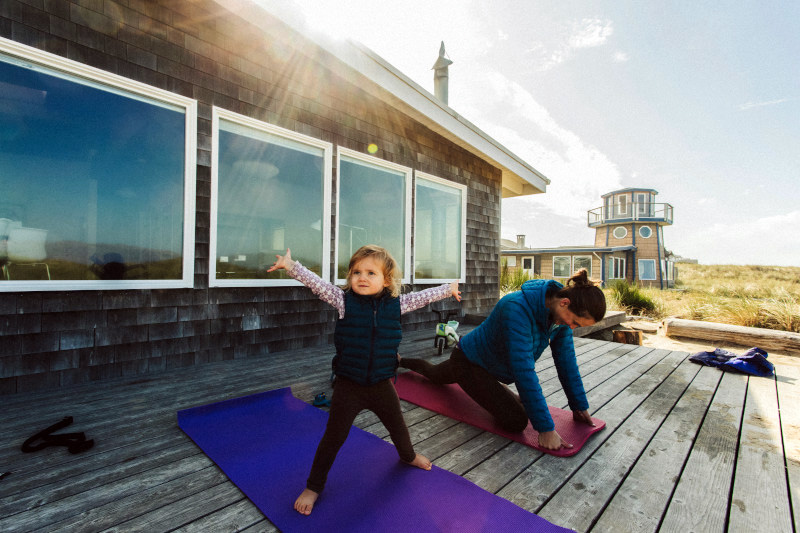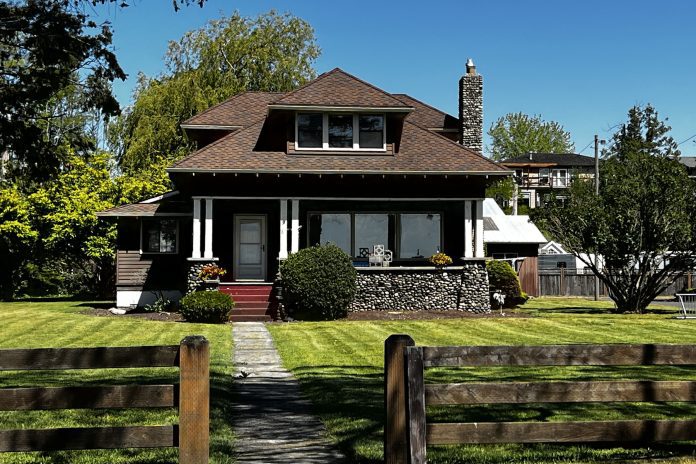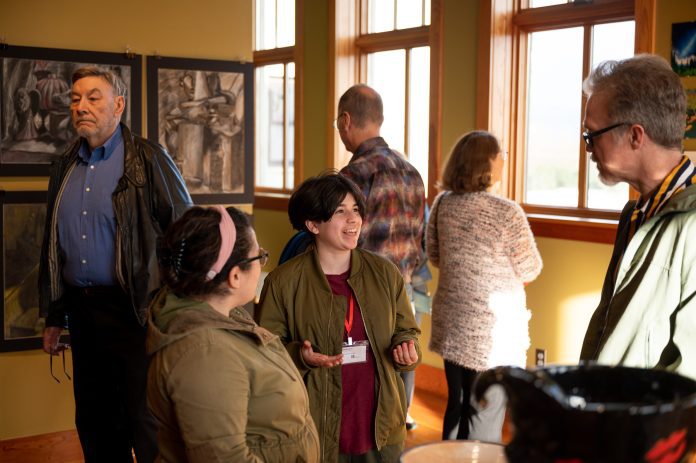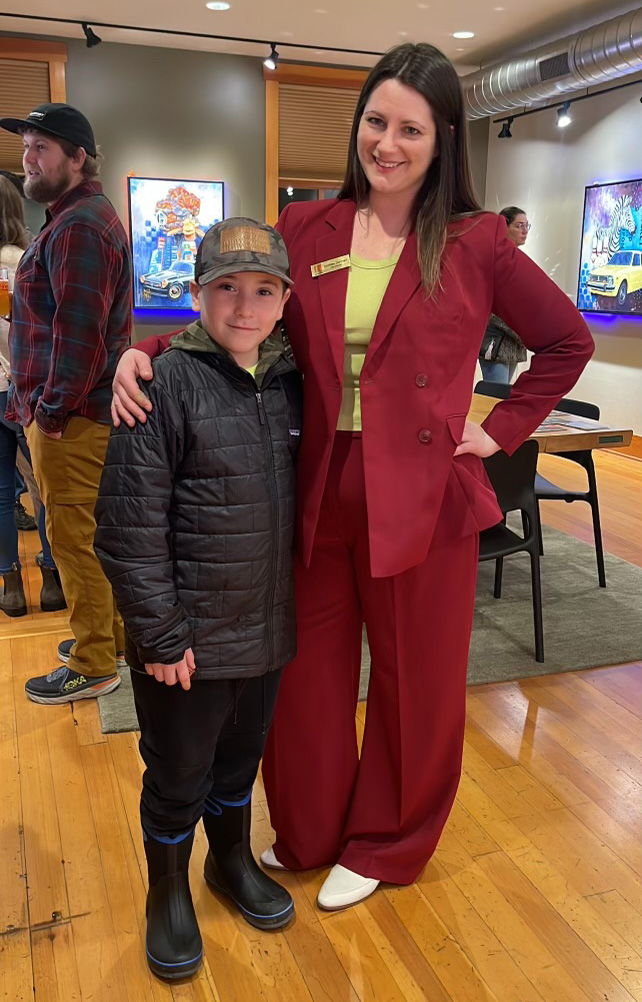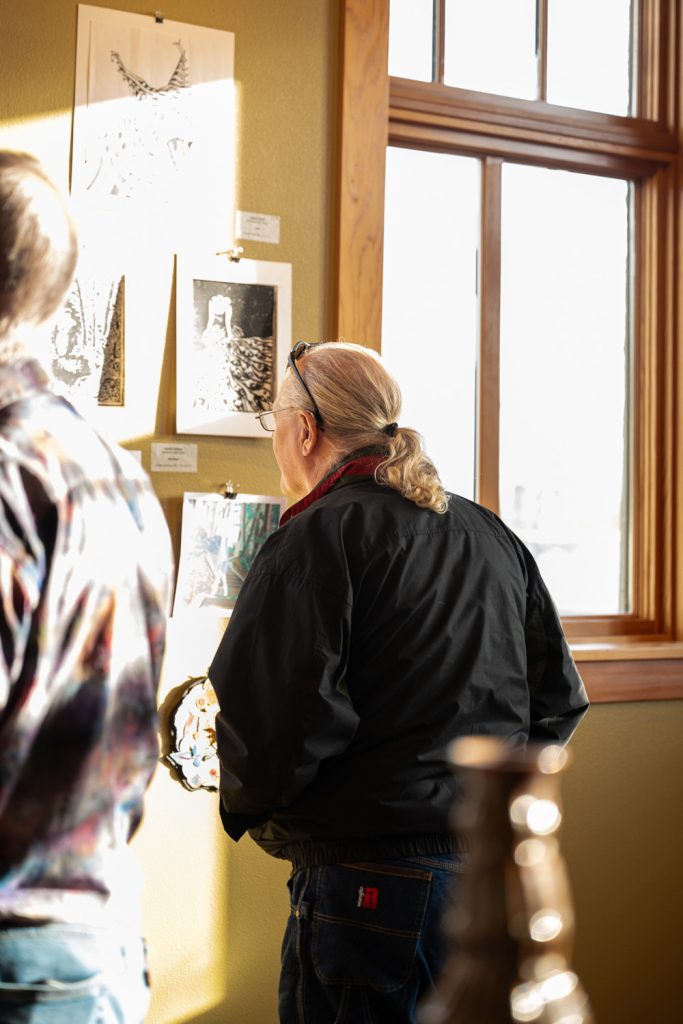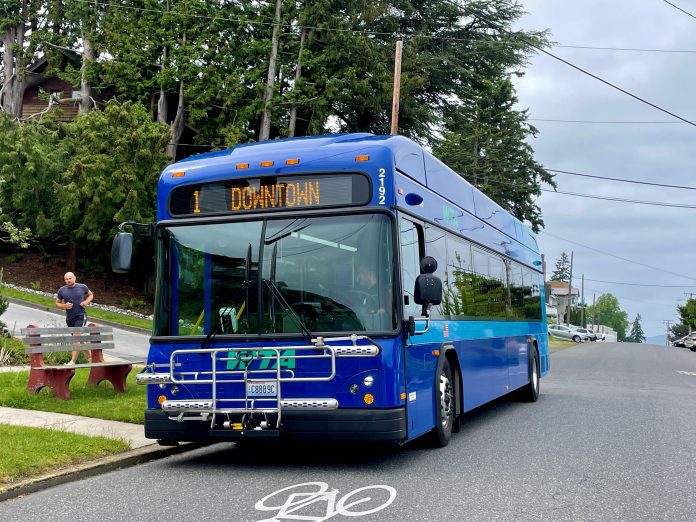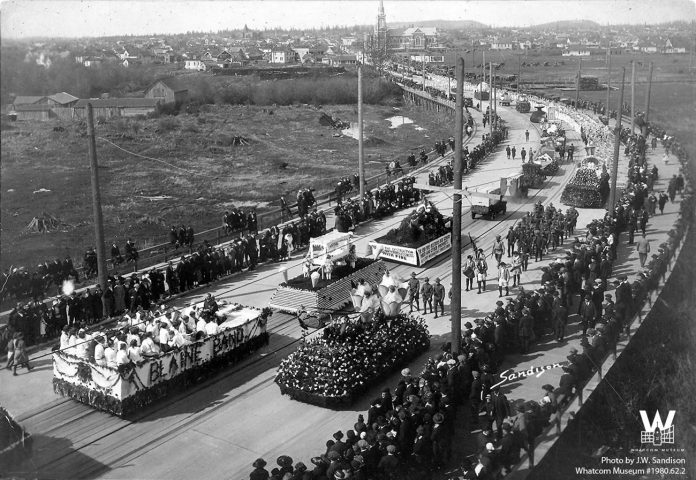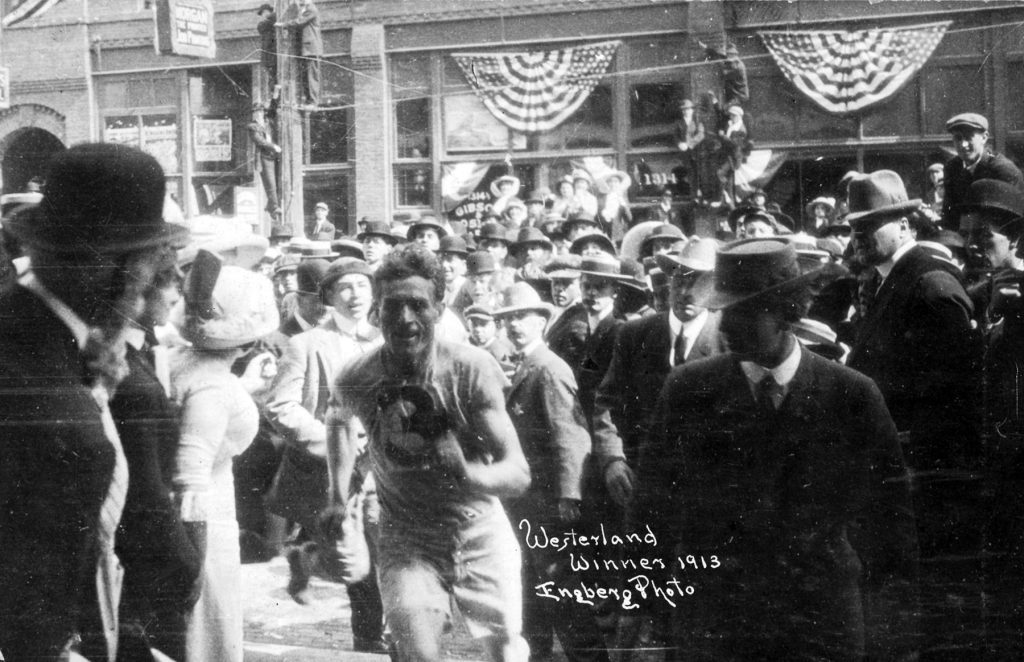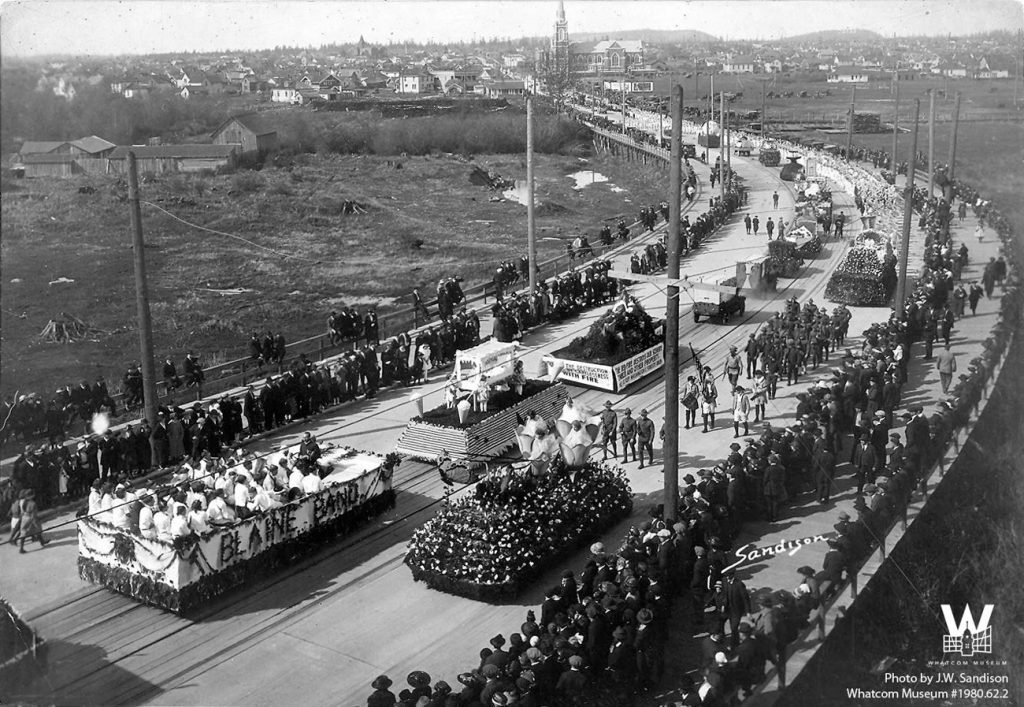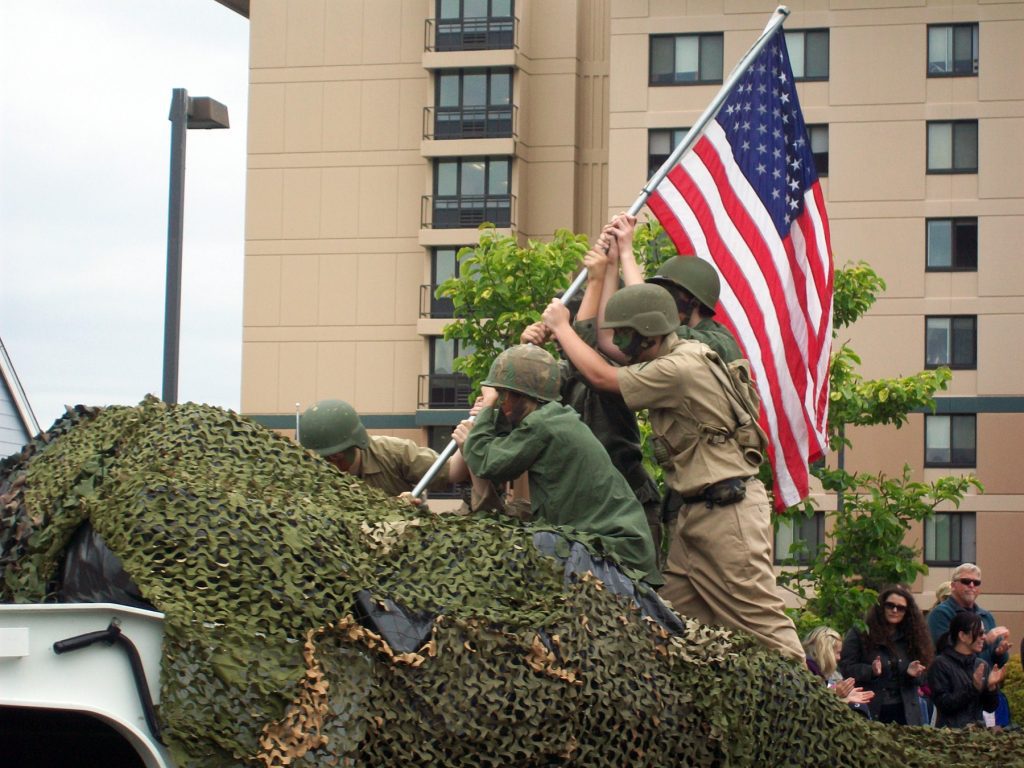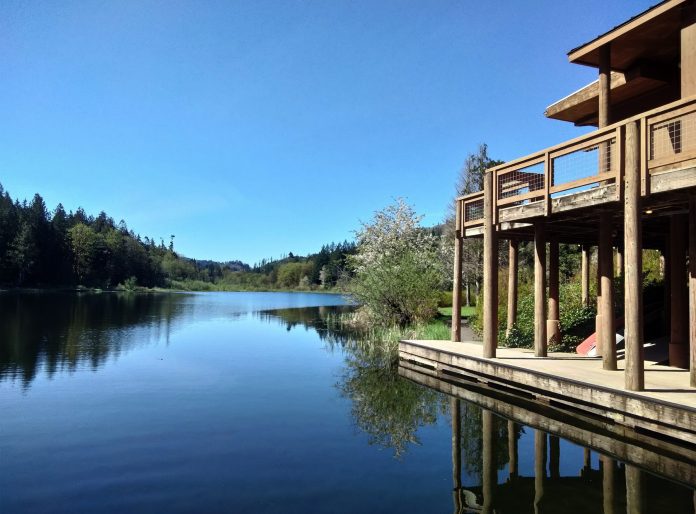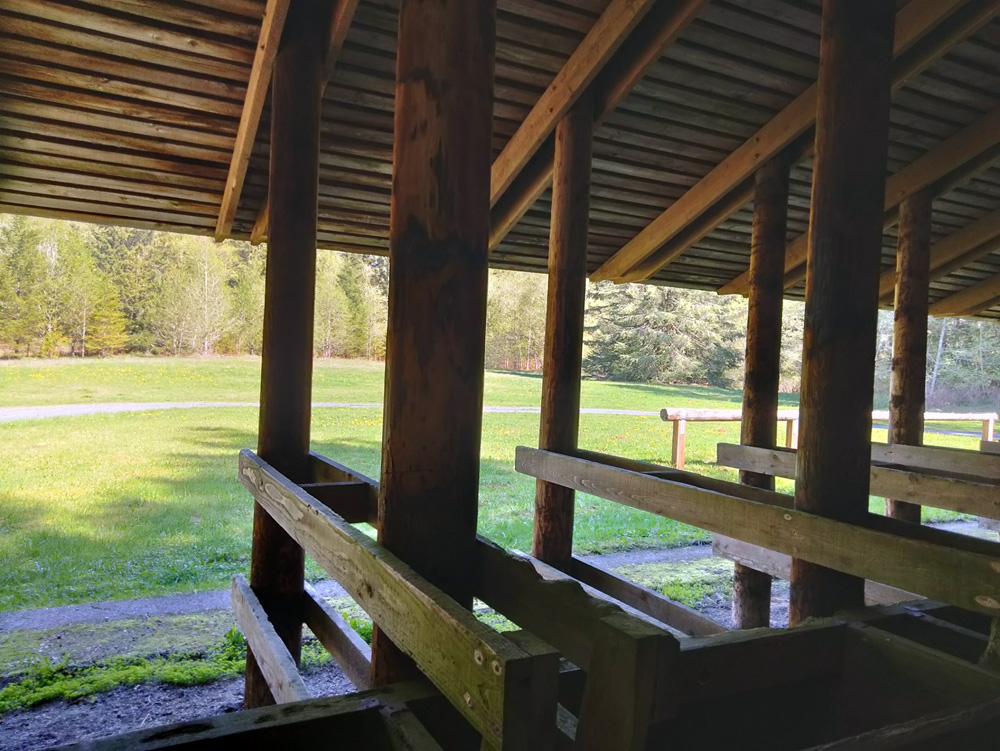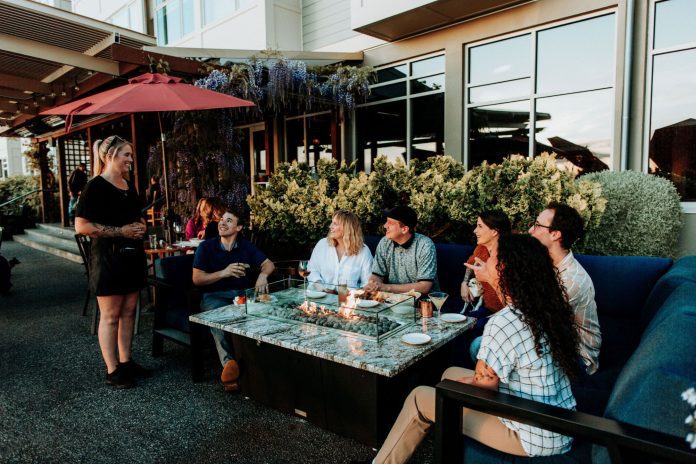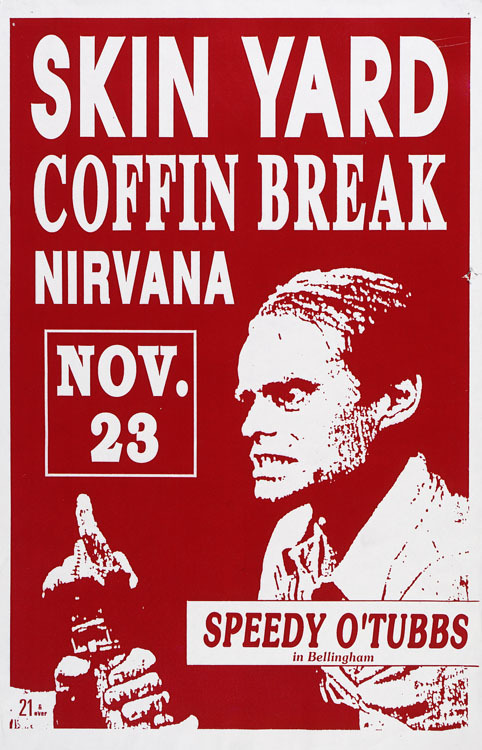Tim Kraft isn’t exactly a dead ringer for Frank Sinatra.
The 63-year-old Bellingham resident’s graying hair is slightly thicker and longer than Sinatra’s ever was, and he doesn’t speak in the Chairman of the Board’s iconic New Jersey accent. But Kraft’s eyes are blue, and when he’s dressed in a suit and Trilby hat, singing with a full orchestra, it’s possible to briefly believe you’ve travelled back in time.
Kraft has been a Sinatra tribute performer since the early 1990s, singing mainly at assisted living facilities and public events throughout Whatcom County. He mostly performs to backing tracks, but occasionally is accompanied by a live orchestra.
In every instance, though, Kraft provides family-friendly entertainment that faithfully channels one of the most iconic singers of the 20th Century.
“His songs tell a story,” Kraft says of Sinatra. “When you watch him — the way he moves, the way he phrases things — he has a charisma that I aspire to. Why not aspire to the greatest?”
Taking the Mic
Having grown up in Bellingham, Kraft graduated from Sehome High School and spent much of his early adult years playing in local rock bands. He’s probably best-known as the keyboardist for “The Ducks,” a once very popular dance band that often alternated with “The Atlantics” as live entertainment for annual Ski to Sea festivities.
After meeting his now wife of 23 years (they’ve been together for 36) and having two children in the 1990s, Kraft realized he needed a decent gig to pay the bills. He enrolled at Western Washington University in his 30s and graduated with a degree in electronics engineering technology.
Today, Kraft works at WWU’s Department of Communication Studies and Disorders as a biomedical electronics technician, keeping important audiological equipment in working order.
“I spent the first part of my life causing hearing loss, and the latter part helping people deal with hearing loss,” he says with a laugh.

Performing as Sinatra began when Kraft’s time in local music groups ended. He realized he could do the act on his own time as a solo artist, free from the hassles of scheduling band practice. He’s not entirely sure why he picked Sinatra, he says, but it works well for him.
“I like the songs, I like the lyrics,” Kraft says. “I like the range that he sings in, which is perfectly right in my range.”
His time as Ol’ Blue Eyes picked up steam around the year 2000, when Internet-based music downloads made it easy to obtain backing tracks of Sinatra’s music. Kraft has closely studied Sinatra’s on-stage mannerisms, but doesn’t incorporate additional affectations, such as wigs, to impersonate him. Most people, he finds, don’t actually care that he’s not a Sinatra doppelganger; they’re just happy to hear the music performed well. In fact, some members of his more elderly audiences saw the real Sinatra perform.
Older audiences also often have requests, Kraft says, and he’s usually able to honor them; his website, where he proclaims himself the “Chairman of the Bored,” shows him able to perform nearly 40 of Sinatra’s songs. And he can hold the end vocal note of “New York, New York” a very long time, as illustrated by videos on his YouTube channel.
Kraft’s gigs have taken him to various places across Western Washington, though mainly to retirement homes, beer gardens, and public parks. He’s also played Lynden’s annual Northwest Raspberry Festival.
A booking agent at VTG Promotions greatly helps him obtain good-paying gigs, though Kraft says he finds fundraisers the most emotionally rewarding; he has served as emcee for Jansen Art Center’s New Year’s Eve benefit multiple times.
Interestingly enough, Kraft has not met another Sinatra impersonator during his time as a performer. He has, however, performed with multiple Elvis impersonators.
Hitting the High Notes
Around 2019, Kraft finally began performing with his own versions of Sinatra’s legendary Nelson Riddle Orchestra.
In addition to Bellingham’s Swing Connection Big Band, Kraft occasionally sings with the accompaniment of “Dr. Jimmy and the Swingtime Serenaders,” an orchestra put together by Jimmy Lindquist, former bass player of “The Ducks.”
“It was a dream come true, being able to go do these gigs,” Kraft says.
In addition to his Sinatra exploits, Kraft stays busy with family, friends, and his aforementioned YouTube channel, which often focuses on explaining science, weather, and astronomy subjects. Kraft has also begun branching out into stand-up comedy — something he loves because of the lack of equipment needed to write and perform it.
After getting his feet wet with several virtual comedy experiences during the pandemic, Kraft has performed a handful of times at local shows and mics, and continues to hone his skills.
“It’s the most sophisticated form of entertainment you can aspire to,” he says of stand-up. “Not everyone can do it. I can do an hour of Sinatra, no problem. I can remember all the lyrics. A five-minute comedy set? I’ve really gotta work on it and concentrate…so that it actually comes out funny.”
Kraft is unsure how many Sinatra gigs he’ll do during the rest of 2023. But more than 50 years after Sinatra’s heyday, and 25 years after his death, Kraft is still impressed at the resonance the singer has for generations of music lovers.
“I’ve even talked to really young people — you know, Gen Z — and they’ve got a Sinatra playlist on their device,” he says. “It just never seems to go away. His songs are timeless.”






